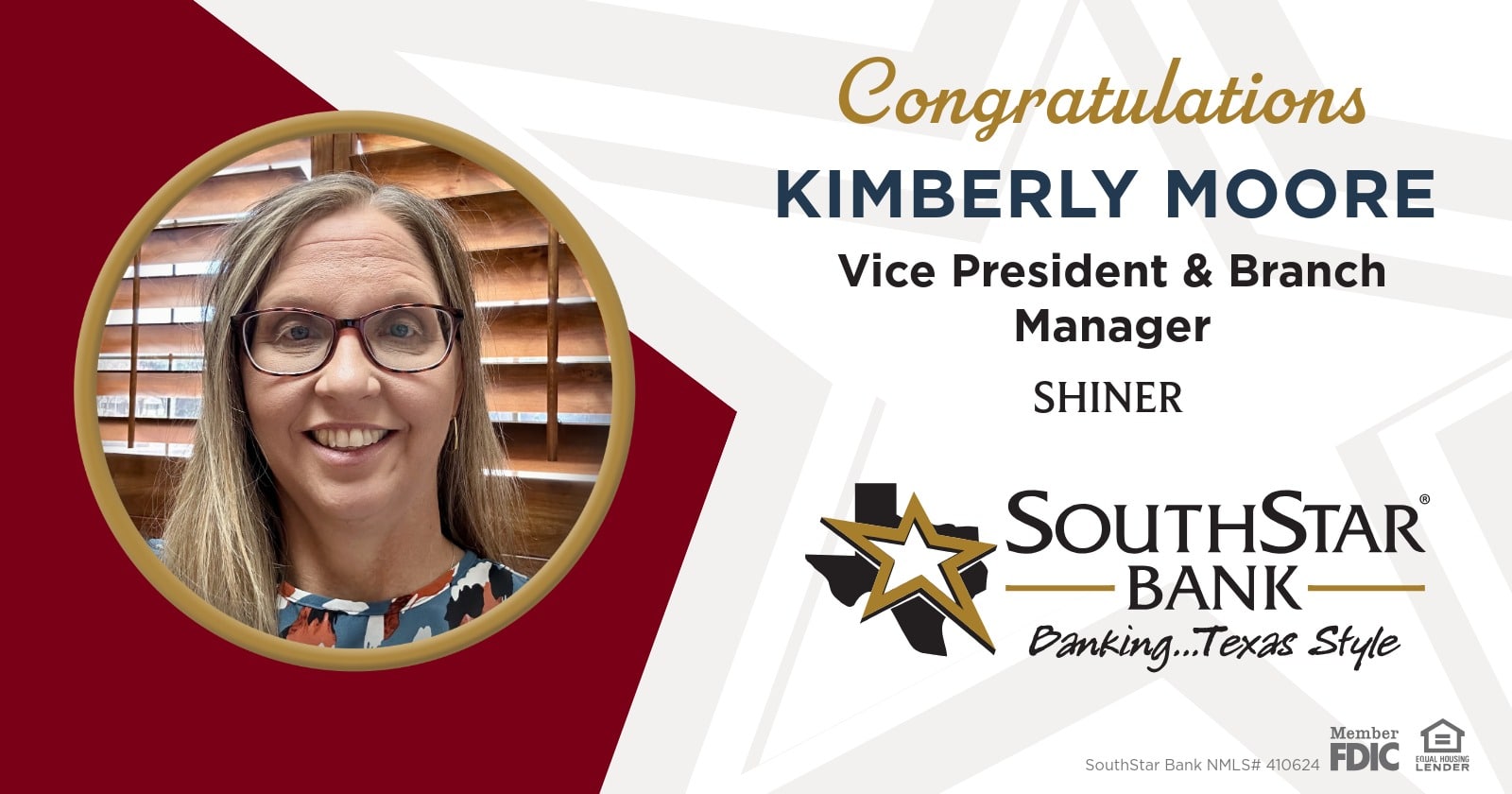SBA Loans Explained: Which Option is Right for Your Business?

For many entrepreneurs, access to the right financing is the key to growing and sustaining a successful business. Whether you’re looking to expand, purchase equipment, or buy commercial real estate, the U.S. Small Business Administration (SBA) offers several loan programs to support small business owners.
At SouthStar Bank, we’re proud to be an SBA-Preferred Lender, which enables us to approve loans in-house and streamline the process. If you’re searching for SBA loans in Texas, our team is here to help guide you toward the program that best fits your needs.
SBA 7(a) Loan Program
The SBA 7(a) Loan is the most popular and flexible option available to small businesses. With loan amounts up to $5 million, it can be used for a wide range of purposes, including:
- Debt consolidation
- Equipment purchases
- Working Capital
- Business acquisition
- Commercial real estate purchases or construction
The extended repayment terms, often ranging from 10 to 25 years, make the SBA 7(a) loan a powerful tool for business owners seeking to manage cash flow while pursuing growth.
SBA Express Loan
The SBA Express Loan offers a faster approval process, with a more limited underwriting scope; however, this varies from lender to lender based on internal processes. While similar to 7(a) loans, Express Loans have a maximum loan amount of $500,000, but similar uses and terms are available. This program supports a Revolving Line of Credit option.
This program is ideal for Texas small businesses needing quick access to working capital or short-term financing opportunities. The SBA Express Loan combines speed with flexibility, giving you the funds to seize opportunities when they matter most.
SBA 504 Loan Program
SBA 504 Loans provide financing for owner-occupied commercial real estate and equipment, which are considered fixed assets for expansion and modernization. More specifically, this includes:
- Purchasing existing buildings
- Acquisition of land
- Ground-up construction
- Financing building improvements
- Equipment acquisition
- Refinance and cash-out opportunities (that meet program requirements)
As such, they offer long-term, fixed-rate financing at below-market rates. This type of loan requires a minimum down payment of 10%. An SBA 504 Loan promotes business growth and job creation by expanding capital access. This specialized program brings two separate lenders together – in this case, SouthStar Bank and a Certified Development Company (CDC). CDCs are nonprofit corporations dedicated to promoting economic development within their communities.
Other SBA Loan Options
Beyond the 7(a), Express, and 504 programs, the SBA also offers additional options to meet specialized needs:
- CAPLines: Revolving lines of credit for working capital.
- Export Loans: Support for businesses expanding into international markets.
- Microloans: Up to $50,000 for startups or smaller capital requirements.
- Disaster Loans: Assistance for businesses recovering from declared disasters.
- NEW– Manufacturers Access to Revolving Credit (MARC)
These programs can provide targeted solutions for unique challenges faced by Texas business owners.
Partner with Your Local Experts at SouthStar Bank
Choosing the right SBA loan depends on your goals, timeline, and financing requirements. As a trusted SBA-Preferred Lender, SouthStar Bank has the expertise and authority to help you secure funding efficiently.
Whether you need funds to expand and grow, purchase large fixed assets, finance your operating gap due to accounts receivable, or purchase your first building, our team is ready to guide you every step of the way.
Found the right SBA Loan for your business? Have any questions? Contact our SouthStar Bank SBA experts at SBA@southstarbank.com or apply today!





